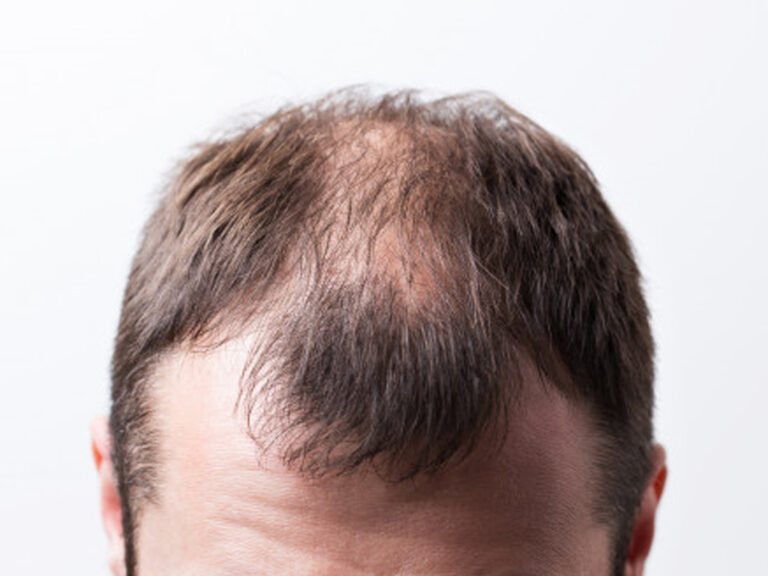If you are a female who is considering hair loss treatment, you might be wondering if hair loss gets worse with age. The truth is that it’s possible, but you have to consider that your genes play a role. There are several treatment options available, but you must understand that you might have to try several of them before you find the one that works for you.
Table of Contents
Alopecia aerate
Alopecia aerate is a condition that causes patchy hair loss as per our best hair specialist. It may develop suddenly and appear on the head, but can also affect other areas of the body.
The disease is caused by the immune system attacking the hair follicles. Hair re-grows in the affected areas when the inflammation subsides.
There is no cure for alopecia aerate, but there are hair loss treatment options to help promote hair re-growth. These treatments include corticosteroids, which are powerful anti-inflammatory drugs. They are used either topically or orally. Their effects may be gradual and are not always effective.
For people who suffer from alopecia aerate, the National Alopecia Aerate Foundation (NAAF) is a great source of information. They also offer events and advocacy opportunities for those suffering from the disorder. Those who want to get more involved can join a support group.
The National Center for Complementary and Integrative Health (NCCIH) is another excellent resource for information on alopecia aerate. NCCIH has the latest scientific research on mind-body practices.
Ludwig scale
The Ludwig scale is a widely used classification system that identifies the degree of female pattern for hair loss treatment in Mumbai. It is a useful tool for diagnosis and treatment. Using the Ludwig scale, a doctor can identify a woman’s condition and recommend the most effective solution.
There are a few other scales that can also be used to help diagnose and treat hair loss. Among the other systems are the saving scale, the Olsen scale, and the Ebbing-Rock scale.
Although Ludwig scale is a good start, it is best to consult with a professional for a more accurate diagnosis. A trichologist will be able to evaluate and prescribe the most suitable course of action for your particular condition.
Ludwig Scale can be used to classify female pattern hair loss into three stages. Stage 1 is the mildest stage, whereas stage 3 is the most severe. Both stages are characterized by thinning in the front, back, and crown of the head.
Genetics
Female pattern hair loss, say the Top 10 hair specialist doctor in Mumbai, is also known as FPHL and is a common condition. Approximately 40% of women experience thinning of the hair by the time they reach age 50. Although the cause is not well understood, several factors are thought to play a part. Generally, female pattern baldness has two main peaks during the third and fifth decades of life.
The best way to determine if you are susceptible to this affliction is to consult a physician. A doctor will perform a detailed medical history and evaluate your hair loss, including the duration of your symptoms. Some forms of hair loss may require a blood test to help determine the cause.
As the name suggests, female pattern baldness is the most common form of alopecia in adult women. Hair follicles are miniaturized, so the hair is thinner and shorter. This makes it easier to break off and shed.
There are many genes that contribute to this dreaded condition. It is estimated that women can inherit a pattern baldness gene from either parent.
Treatment
Female pattern hair loss is an inherited condition that affects nearly half of all women. Hair loss can occur at any age and is a progressive disease. Treatment can stop hair loss, but it takes time.
In some cases, female pattern hair loss is permanent. However, treatment can slow or even halt hair loss and promote growth.
There are several medications for female pattern baldness. These include minoxidil, a topical medication that is applied to the scalp, as well as anti-androgen tablets. Women should also discuss any possible side effects with their doctor.
Conclusion
Minoxidil has been shown to help some women, but it must be used for a long period of time to get results. If the treatment is discontinued, hair loss begins again.
Surgical procedures are also available for people who are not able to grow hair. A hair transplant involves a procedure to implant hair follicles from thicker areas of the scalp into balding areas. The procedure can be expensive and can cause minor scarring.

